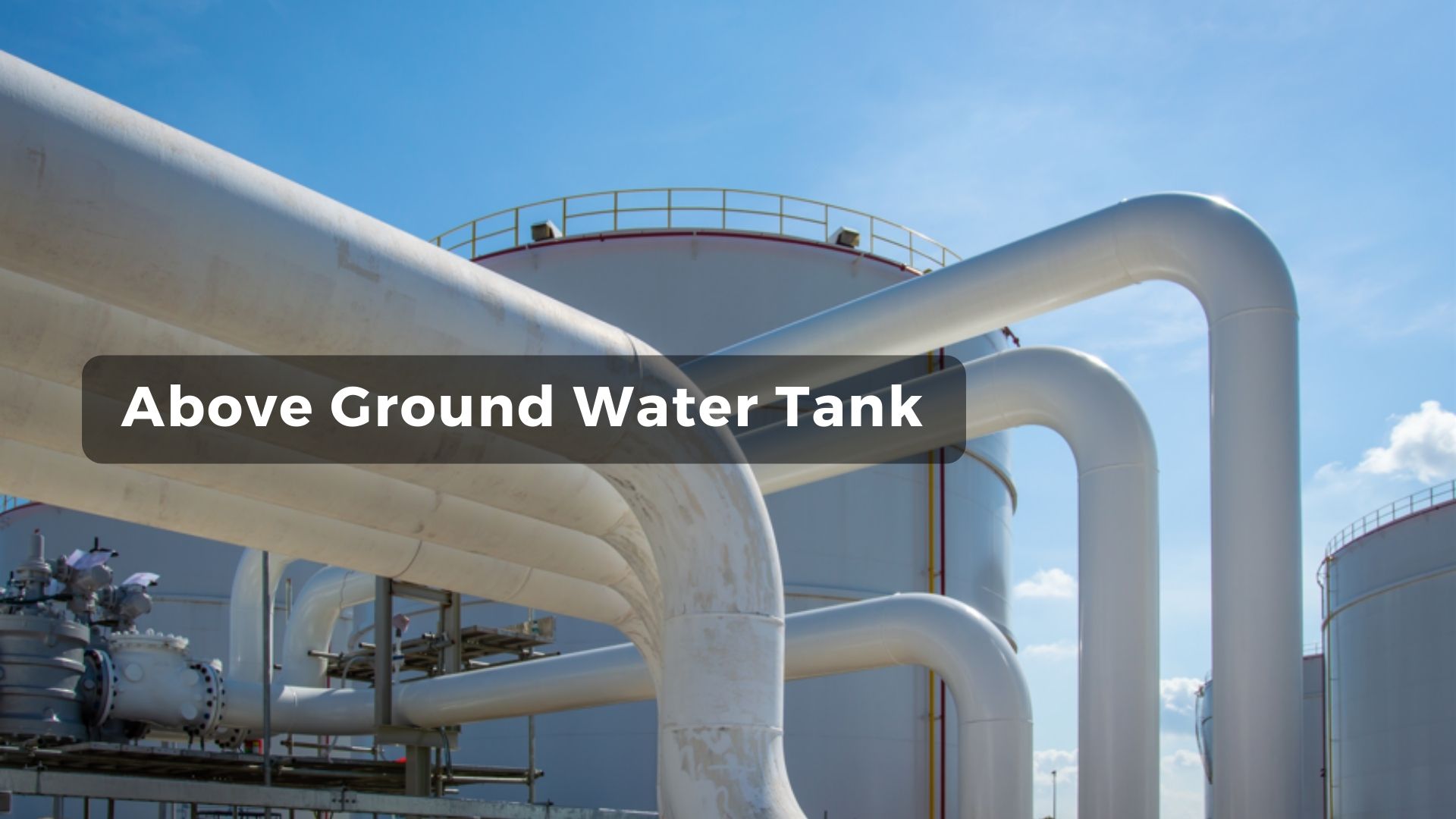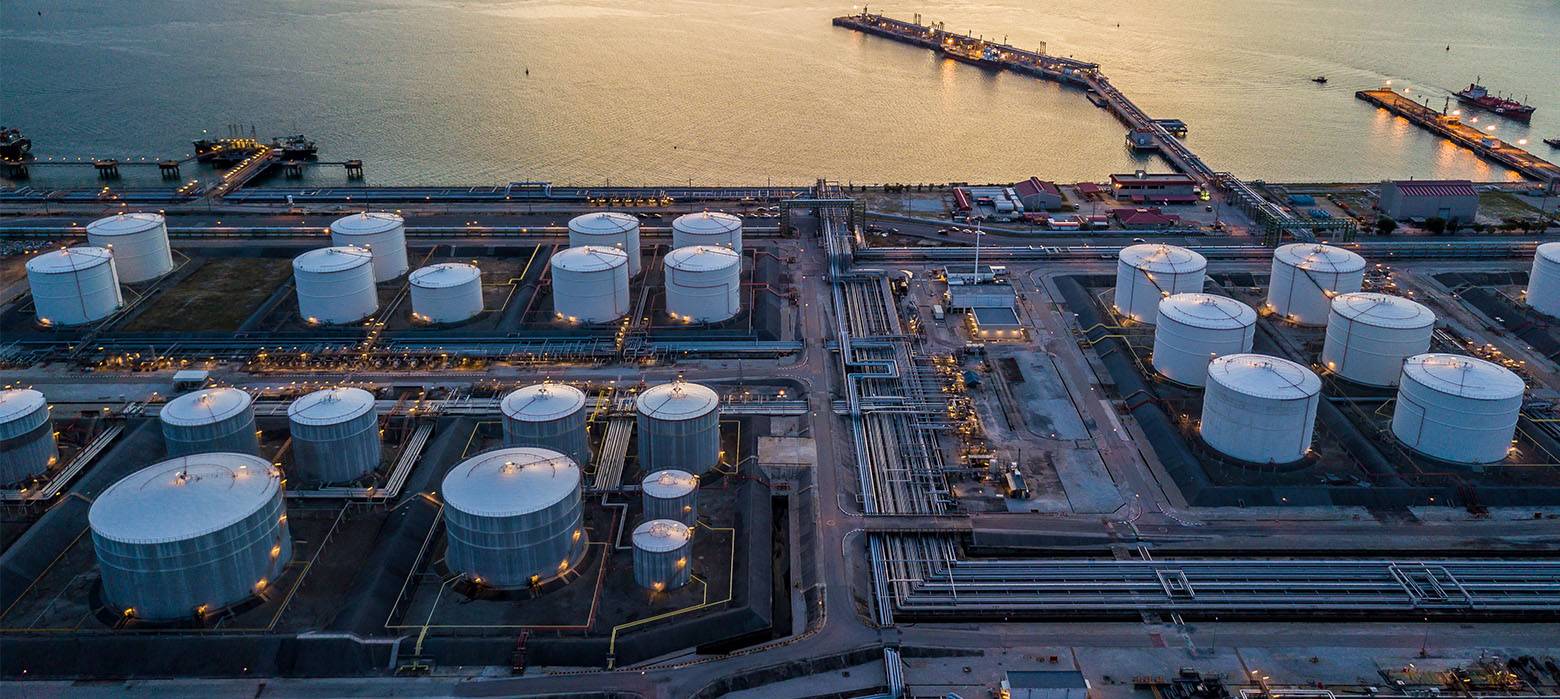
- admin
- February 16, 2022
How Do You Construct an Above Ground Water Tank?
Many horticultural businesses utilize an above ground water tank to store water that is used to irrigate crops, among other things. These massive above ground water tanks can contain a lot of water. You must design the water tank accurately and precisely to avoid cracking, tilting, corrosion, and leaking. This blog will walk you through the process of constructing an above ground water tank.
Installing the pipeline
- Determine the tank’s center point. A single drainage point is located in the center of most above ground water tanks.
- The open portion of the pipeline must protrude 300 mm above the tank’s foundation.
- The pipeline’s lying section must be at least 400 mm bigger than the tank’s radius.
- Assemble the pipeline so that it does not move during the building of the water tank. Make sure the pipeline isn’t leaking as well.
- Under the water tank, the components for the suction hose and other pipes must be buried deep enough to protrude from the ground at a distance of roughly 1 meter from the above ground water tank wall. If there are many pipes, make sure they are arranged at a distance of around 1 meter from one another (on account of gluing or blow-drying the corresponding tubes).
Foundation laying of the above ground water tank
- When building an above ground water tank, be sure the foundation is sturdy and flat. It’s critical that the foundation can easily sustain the weight of a fully loaded tank.
- Make a ring of tiles the length of the above ground water tank’s diameter. Make sure the tiles are as close together as possible and that they are completely level. It’s easiest to set the tiles on a layer of clean sand that’s 5 to 10 cm deep. A concrete ring is also an option.
- If the tank’s foundation is made of soil, make sure there are no sharp objects or debris in the soil, or the floor of the above ground water tank will be harmed. You can also utilize a ground sheet, a foundation layer of white sand, or a concrete platform that has been built (a minimum thickness of 250 mm and a diameter of at least 100 mm bigger than the above ground water tank).
- When digging in the tank (which is what we recommend), make sure you don’t go deeper than 50 cm below the surface. The tank must be elevated above ground water level in any case. The pit’s diameter must be at least one meter larger than the water tank’s diameter (this will make further construction easier).
Assembling the above-ground water tank’s galvanized plates
- Draw a circle to indicate the location of the walls.
- In the center of the unassembled above ground water tank, place the tank canvas and wall covering. Place them on a pallet or container to avoid damage and to keep them dry.
- Assemble the bottom row of plates* and ensure sure the bolts** are tightened all the way. The bolts should be connected with the bolt head on the inside and the washer and nut on the outside of the tank.
- In the same manner, assemble the following row of plates. The plates must be glued together in such a way that the vertical joints are staggered. Each time you construct a new ring, make sure you tighten the preceding one. After construction, spray the nuts and bolts with zinc compound.
- Assemble the next ring’s corrugated plates against the exterior of the preceding ring. This stops water from leaking in between the plates due to leakage.
Corrugated plates of varying thicknesses are required for some water storage tanks with a diameter of 5.53 meters or greater. If that’s the case, start with the thickest plates. The bottom plate has a coating on it.
Above ground water storage tanks with a big diameter and height will be supplied with a variety of nuts and bolts in addition to plates of various thicknesses (M10 x 20 and M12 x 25). Only the thickest plates and the vertical joints should be secured using M12 x 25 bolts.
Applying wall covering to the above ground water tank
- In the tank, roll out the wall covering, ensuring sure it stays as dry as possible.
- Pull the 12-15 cm wall covering over the tank wall and fasten it with the plastic protective profiles provided. Place the floor covering on the floor, going all the way around the corners.
- You may either trim off the excess wall covering or use the plastic protection profiles to build it as a second layer.
Fitting the above ground water tank canvas
- Request that your tank canvas be fitted by a professional. Fitting a tank canvas is a challenging task that necessitates a high level of accuracy. To avoid future difficulties, it should be left to an expert.
- Please note that above ground water tanks put outside must be filled with 30-40 cm of water as soon as the tank canvas is installed. In windy weather, this keeps the canvas from clattering.
- If you need to operate within the tank after the tank canvas has been installed, keep the ladder inside a hard plastic container to avoid damaging the canvas.
- If the above ground water tank isn’t filled with water, don’t add soil or sand to the bottom.
Anti-algae cloth
Algae in above ground water storage tanks may be quite problematic. As a result, it’s critical to avoid the formation of algae. Cover the water tank with anti-algae cloth to do this.
Permits
Check with your municipality to see whether you need permission before constructing above ground water storage tanks. This authorization is not granted by all municipalities.
Maintaining the above ground water tank
Every year, the chance of harm from a water tank breaking or flooding rises. Tilting, corrosion, and leaking are among the most prevalent reasons for breakage. You may reduce the chance of a tank breaking by having it examined on a regular basis, putting in place maintenance procedures, and having it cleaned and certified on time.
Category
- Above Ground Fuel Tanks
- Above Ground Gas Storage Tank
- Above Ground Storage Tanks
- Above Ground Water Storage Tanks
- Agricultural Tanks
- Chemical storage Tanks
- Diesel Fuel Storage Tanks
- Diesel Storage Tanks
- Exernal FloatingRoof Tanks
- Farm Water Tank
- Fiberglass Oil Tanks
- Fiberglass Septic Tanks
- Fiberglass Tanks
- Fiberglass Underground Fuel Storage Tanks
- Field Erected Tanks
- Floating Roof Tank
- Food and Beverage Tanks
- Fuel tank
- Industrial Chemical Storage Tanks
- Industrial Gas Tanks
- Industrial Plastic Tanks
- Industrial Storage Tanks
- Industrial Tank heating pads
- industrial tanks
- Natural gas
- Natural gas vs Propane
- oil storage tank
- Oil Storage Tanks
- Peracitic Acid
- Petroleum Tanks
- Residential gasoline storage tanks
- Residential Water Storage Tanks
- Sodium Hydroxide Storage Requirements
- Sodium Hypochlorite Storage Tanks
- Steel Storage Tanks
- storage tank failure prevention
- Storage Tanks
- Sulfuric Acid Tanks
- Uncategorized
- UnderGround Storage Tanks
- Waste water tank
- Water Storage Tanks

 Tank Size Calculator
Tank Size Calculator






